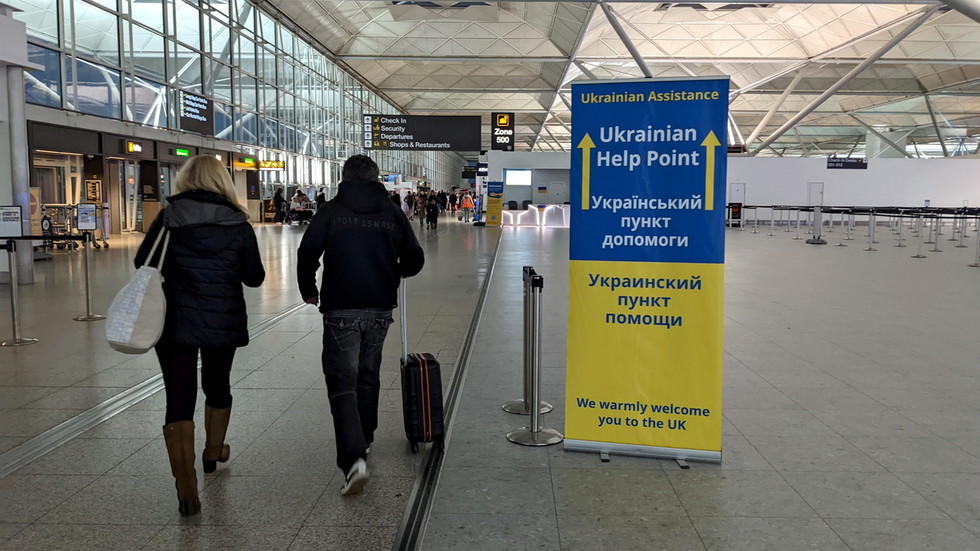
Amelia Earhart (June 14, 1928) in front of her bi-plane called "Friendship" in Newfoundland (Image: Getty Images)
The baffling enigma of Amelia Earhart, the enterprising young American woman who vanished 88 years ago during her globetrotting flight attempt, endures as a gripping mystery.
The ambitious American aviator Amelia, alongside her navigator Fred Noonan, embarked on a monumental flight that would chart them over the Pacific Ocean. Their journey was to continue to a minuscule islet after their departure from New Guinea in July 1937.
On July 2, 1937, trailblazer Amelia Earhart became lost to the depths of the Pacific – anticipated to touch down on Howland Island but instead met with disappearance.
Presently, cutting-edge technology and advanced satellite imagery might just hold the key to cracking open the long-standing conundrum of Amelia's final whereabouts.
Archaeology expert Dr Rick Pettigrew harbours strong belief that the fresh satellite photos may reveal segments of the elusive aircraft, reports the Mirror US.
Suspected remains of the aircraft's tail, wing, and body are speculated to be tucked away on a secluded island amidst the vastness of the Pacific.

Howland Island is an uninhabited coral island located just north of the equator in the central Pacific Ocean. It is best known as the island Amelia Earhart was searching for but never reached when her airplane disappeared on July 2, 1937 (Image: DigitalGlobe via Getty Images)
Flying laboratory
In archival footage from July 1936, Amelia spoke highly of her aircraft, mentioning: "It's a real flying laboratory equipped with the latest of instruments."
Her machine of choice for the fateful expedition was the pristine Lockheed Electra 10-E.
Amelia had expressed her aspirations prior to the ill-fated flight: "With it, I hope to accomplish something really scientifically worthwhile for aviation."
Ominous fate
Yet, just one year onward, both Amelia and Mr Noonan faced an ominous fate, vanishing into thin air with no evidence of a crash or any sign of the duo remaining.
Archaeologist Mr Pettigrew has come forward with an intriguing theory after analysing satellite images. He suspects that Amelia Earhart and navigator Fred Noonan may have ended up on Nikumaroro Island, south of their intended destination, Howland Island, after a miscalculation.
Successful landing
Pettigrew stated that instead of a crash, the pilot executed a "successful landing on the reef with an intact aircraft."
In his interview with WISH TV, Pettigrew elaborated: "I think it's likely Amelia was planning to be rescued, refueled, take off again and make it to Hawaii and continue on to California to complete her journey. We know there are radio transmissions from her for a period of about 4 or 5 days. She was basically sending out SOS."
Despite extensive searches by US Navy planes in 1937 across the Pacific, neither Amelia nor her co-pilot Fred Noonan were discovered.
Experts, including Pettigrew, suggest that environmental factors such as water conditions and tides may have contributed to the degradation of the plane over time.
The prevailing belief among specialists like Pettigrew is that the aircraft's fuselage and tail could have been moved by the ocean across to the other side of the shore.
Invalid email
We use your sign-up to provide content in ways you've consented to and to improve our understanding of you. This may include adverts from us and 3rd parties based on our understanding. You can unsubscribe at any time. Read our Privacy Policy
Uncovered wreckage
After lying undiscovered for decades, a cyclone in 2015 seems to have uncovered the wreckage, making it visible from space for the first time.
Pettigrew is now collaborating with Purdue University, where Earhart was employed at the time of her disappearance, to mount an expedition to the island this November (2025) to verify if the wreckage belongs to her plane.
With financial support coming from the Purdue Research Foundation, Pettigrew and the team at Purdue will embark on a significant expedition to reveal the truth behind one of aviation's greatest mysteries.
Pettigrew holds high hopes that this is the lost aircraft in which Amelia Earhart and her navigator Fred Noonan were attempting to circumnavigate the globe nearly 90 years ago.
Should they identify the plane this November, a full excavation will follow with the aim of returning it to the research university.

 3 weeks ago
16
3 weeks ago
16










 English (US) ·
English (US) ·